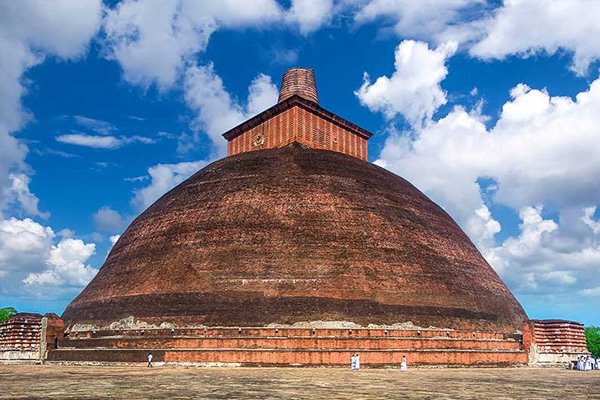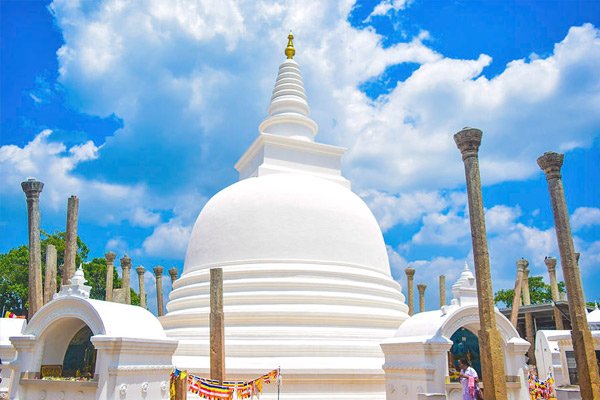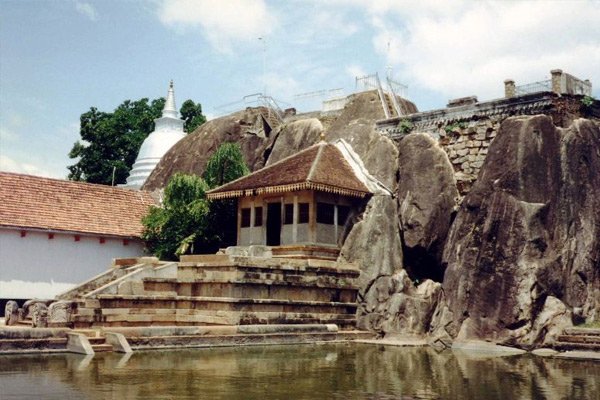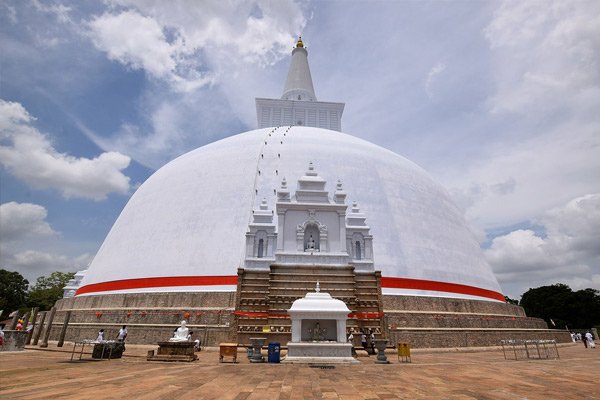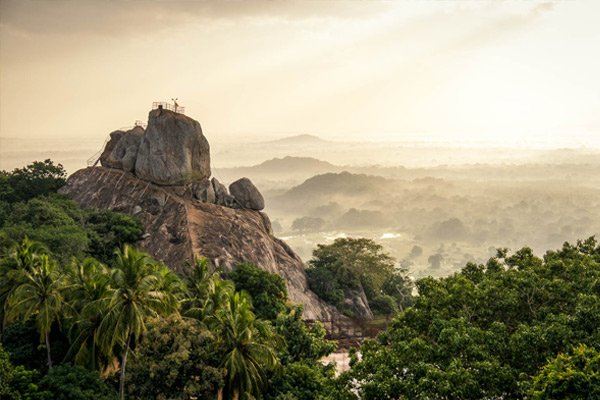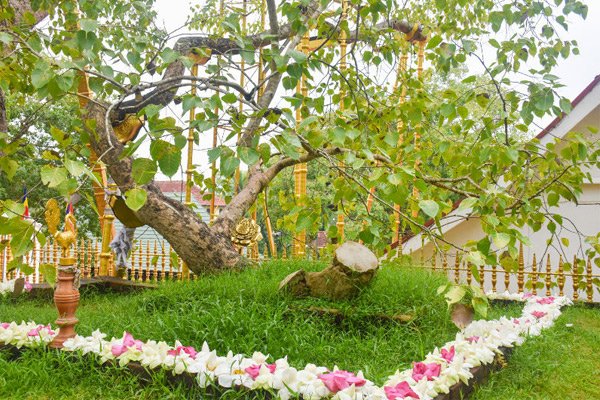
Anuradhapura, city, north-central Sri Lanka. It is situated along the Aruvi Aru River. The old section of
Anuradhapura, now preserved as an archaeological park and designated a UNESCO World Heritage site in 1982,
is the best known of Sri Lanka’s ancient ruined cities. In the immediate vicinity are huge bell-shaped
dagobas (Buddhist commemorative shrines, or stupas) built of small sun-dried bricks as well as temples,
sculptures, palaces, and ancient drinking-water reservoirs.
Anuradhapura is greatest monastic city of the ancient world that dates back to 5th Century BC remained the
majestic seat of the kingdom of Sri Lanka until the 11th century A.D. Anuradhapura flourished as the Capital
of Lanka from 377 BC to the end of the reign 1017 AD and was the Royal Seat for 1400 years under 130 kings
as the capital of the Country.
- Area: 7,179 km²
- Urban area: 36 km²
- Weather: 34°C, Wind SW at 24 km/h, 52% Humidity
- Postal code: 50000
- Province: North Central Province
- Population: 50,595 (2012)
Colombo to Anuradhapura distance 200.6km







